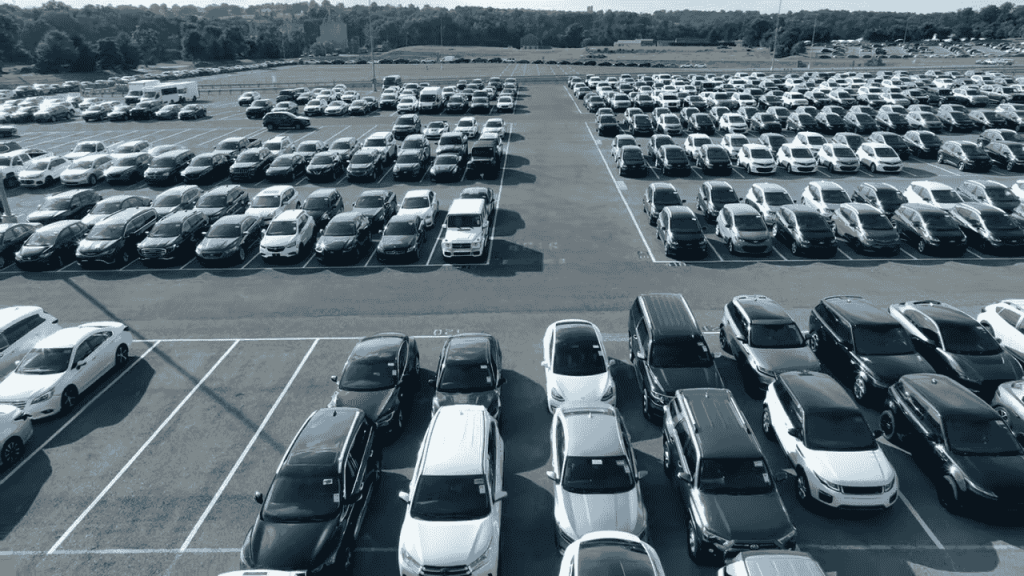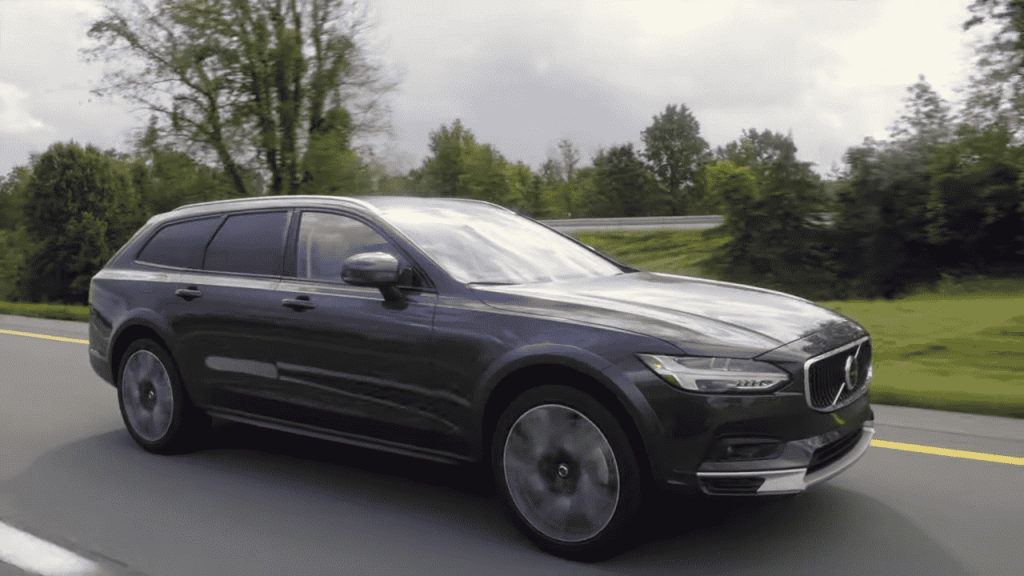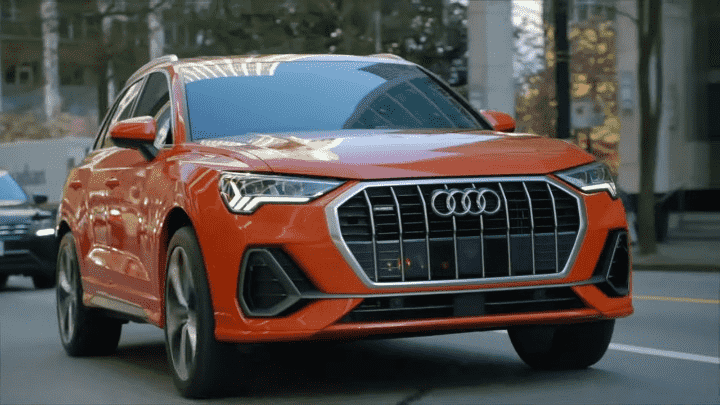Usually, the best age to purchase a used car is between 2 to 5 years old. During this duration, the car is in good condition. In this case, the saying that time is the key cannot be overemphasized when planning to buy a second-hand car. It did not only make a difference in how early or late in the car’s life cycle you are making the purchase but also by the age of the car. Knowing the best age to purchase a used car is essential in cutting down the cost of buying the car, frequent maintenance, and getting the best value for your money. In this article, we will consider the factors that define the preference of some ages of vehicles as desirable and others as not desirable when buying a second-hand vehicle.
Why Is Age Important When Selecting a Used Car

Vehicle Depreciation: A Crucial Consideration
The first and probably the most critical aspect to reflect on when owning a used car is depreciation. New cars depreciate a lot as soon as they are driven out of the car dealer’s garage. However, it should be understood that the rate of depreciation is not as high in the initial years, and it reduces after that. It is crucial to comprehend this depreciation curve because it enables you to acquire a car that has already depreciated greatly, which is financially wiser.
Impact of Age on Maintenance Costs
The probability of having to fix or maintain a car rises with time as the car becomes older. Older model cars usually have more usage and are most likely to develop some mechanical problems; therefore, repairs to such vehicles are usually very expensive. To sum up, knowledge of how often average costs of vehicle maintenance may be expected depending on its age will allow you to be prepared for expenses that are unplanned.
Best Age Range to Buy a Used Car
1 to 3 Years Old: The Near-New Advantage
The types of cars that are almost new, such as cars that are one, two, or three years old, give the buyer all the advantages of a car that is almost brand new but not the price that accompanies such a car.
Warranty Benefits
Quite a number of cars that fall in this segment are still under warranty from the manufacturer, and this eliminates the cost of repairs.
Minimal Wear and Tear
These vehicles have often been driven sparingly, implying that major parts of the car would have slightly been used and, therefore, showing slightly less mileage.
4 to 5 Years Old: The Balance Between Cost and Reliability

It is as inexpensive as a slightly used car, but it is not that old, and it comes with all the characteristics of a reliable used car.
Reduced Depreciation Rates
They are cheap since, by this age, most of the depreciation has already been done; therefore, they are relatively cheap to buy at this age.
Affordable Yet Reliable
Cars of this age remain useful, sometimes need less repair than older cars, and are good in terms of reliability.
6 to 8 Years Old: The Budget-Friendly Option

If you are targeting to buy a vehicle at a cheaper price, then a vehicle that is between 6 and 8 model years is ideal.
Lower Purchase Price
The models within this age range are relatively cheaper than the newer models; therefore, they are an ideal choice for any buyer who is tight on his/her budget.
Potential for More Frequent Repairs
They are cheaper to buy than the other brands of cars but can be more expensive to maintain and service; thus, such costs should also be considered.
Risks of Buying an Older Used Car
9 Years and Older: What to Look For
Purchasing a used car that is more than nine years old may be dangerous as it has the following downsides.
Increased Maintenance and Repair Costs
Common mechanical problems arise in cars as they wear out; hence, the costs of maintenance and repair rise. Bits may wear, and this can cause some of the car’s systems not to work as expected, or its overall efficiency may be reduced.
Potential Safety Concerns
Older models of cars might not be endowed with today’s safety aspects; hence, they are comparatively unsafe when there is an accident. Moreover, the condition of an old car exposes it to premature malfunction of essential safety features.
The Issue of Obsolescence
Outdated Technology
That is, the technology used in cars decreases as the vehicle is used for some time, gets old, and starts showing signs of depreciation. This can be anything ranging from interactive infotainment systems to safety gadgets. If it is important for you to have the latest technology, then getting an old model car may be undesirable for you.
Limited Availability of Parts
On the older cars, it may become rather difficult to find the spare parts to replace the worn out ones. It is possible that some of these elements would be eventually discontinued, and any attempts to repair or replace them would prove costly and complicated.
Factors to Consider Beyond Age
- Mileage: It is one of the critical signs of the vehicle’s condition.
- The age of the used car can frequently be misleading, and the actual mileage may be a much truer sign of the car’s state.
Average Mileage Expectations by Age
Generally, a car covers 12,000 to 15,000 miles in a year, such as the relationship between age and mileage. A certain age of the car and its traveling distance will indicate the frequency of its usage as well as the conditions to which it was subjected.
Conclusion
Determining the right age to acquire a used car involves taking into consideration many factors, such as deprecation maintenance, among other factors. Thus, make and models 4 to 5 years old are usually the most cost-effective and reliable. Still, there may be other considerations in your particular case that may point you toward slightly newer or older cars. In this way, reading about the advantages and disadvantages of a vehicle of a certain age will help you make a wiser decision that will correspond to your wallet and your requirements.
FAQs
What is the best mileage to look for in a used car?
Ideally, look for a car with mileage that matches its age. For example, a 3- —to 5-year-old car with 30,000 to 60,000 miles is generally a good choice.
Should I buy a used car with a lot of previous owners?
A car with multiple previous owners isn’t necessarily bad, but it’s important to review the vehicle’s history report and condition carefully.
How does the climate impact the condition of a used car?
Extreme climates, like very hot or cold regions, can affect a car’s condition. Rust is common in cold, wet climates, while extreme heat can wear down components faster.
Is it better to buy from a dealership or a private seller?
Both options have pros and cons. Dealerships often provide more assurances and warranties, while private sellers might offer lower prices but with less security.
Can I get financing for an older used car?
Financing options are available for older used cars, but they may come with shorter loan terms and higher interest rates. It’s often easier to finance a newer used car.

